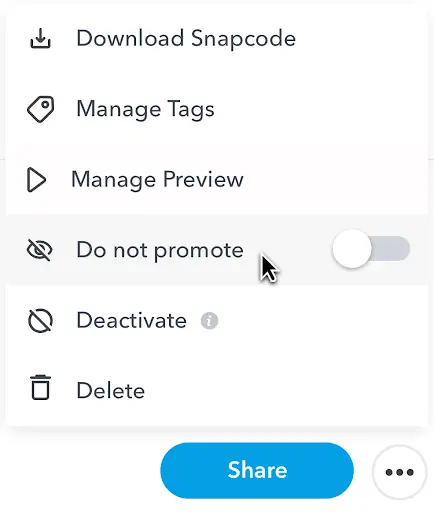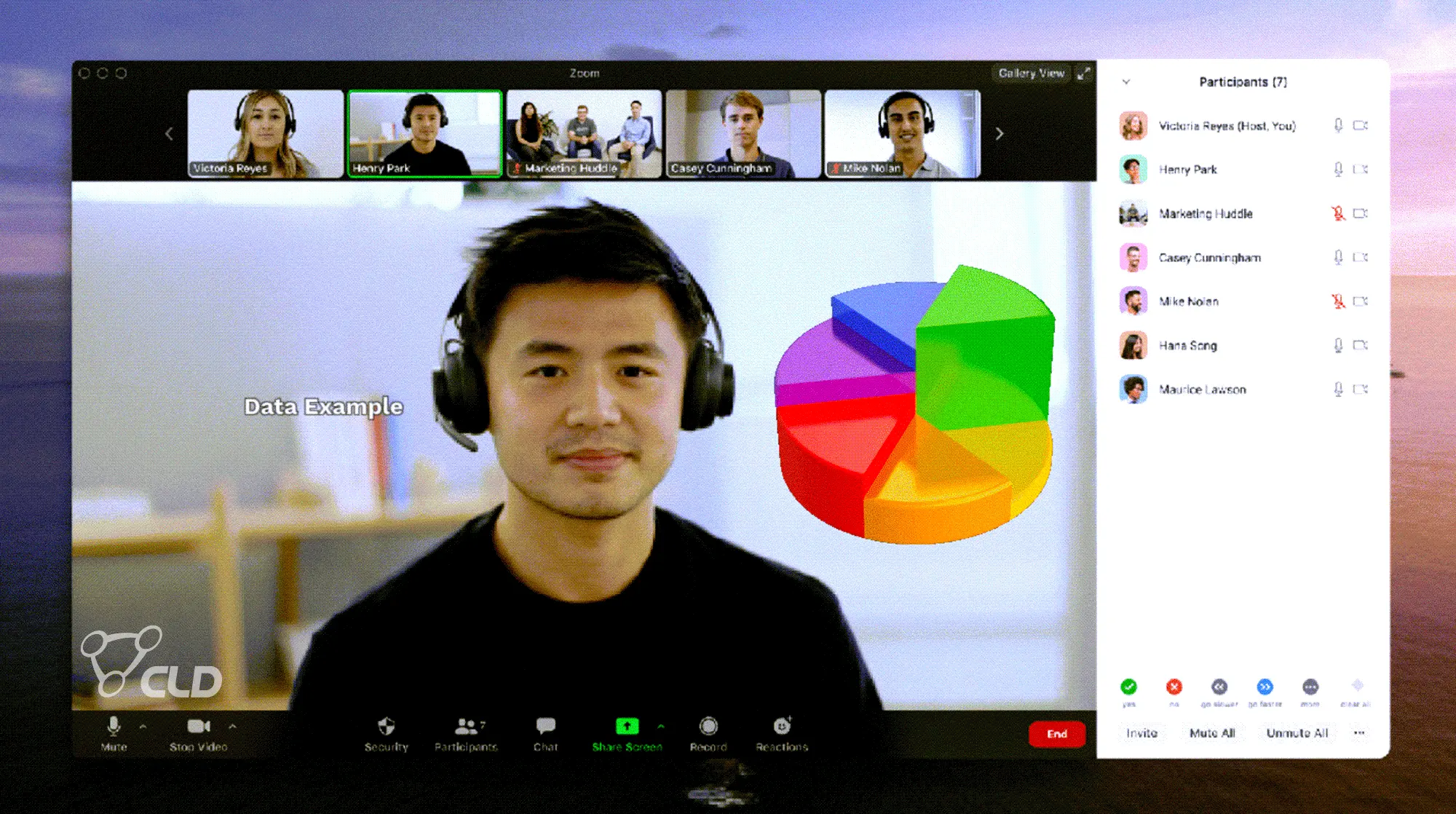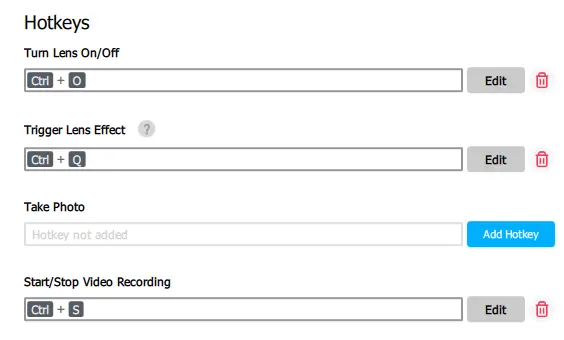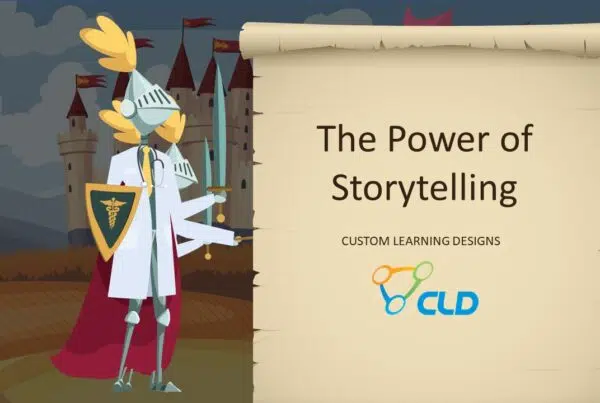Virtual meeting applications like Zoom, Google Hangout, Microsoft Teams, Skype, and WebEx have been essential to sales trainers in 2020. So why haven’t they evolved much? After all that we’ve been through, cute virtual backgrounds cannot be the feature leap in video conference calling we were waiting for. Enter Snap Camera.
Snap Camera & Lens Studio
The key to both Snap Camera and a more engaging meeting is all in the Lenses. A Lens is an augmented reality (AR) overlay that allows you to add 3D effects, objects, characters, and transformations to your face, body, or background. A typical AR Lens maps to the head/face (Face Template), and on-screen effects are triggered by using a custom hotkey or screen taps.
Lenses for Snap Camera are designed in Lens Studio application. The application is free to download.
Real Use Cases for the Life Sciences
So, now what? Snap Camera and Lenses are just for fun. As a life science trainer, how will it help your sales representatives and MSLs learn better virtually? Can they improve participant engagement, emulate the patient experience, or focus on the presenter versus a shared screen? The answer is yes, and these examples just scratch the surface:
- Animations
- Method of Actions (MOAs)
- Physical Signs of Disease Progression
- Key Data Points
- Quizzes
Not convinced? Check out these working examples:
More Examples
See Them In Action
Getting Started & Resources
Starting Snap Camera
Don’t worry about creating a custom Lens at the onset. First, start by downloading the Snap Camera app and then click on one of the boxes below for instructions on how to get it working with a specific web meeting application.
Once you have it up and running, try a few of the fun AR Lenses to get a feel for the application and to brainstorm some real possibilities.
Creating Custom Lenses
To create quizzes, data, disease progression, and animation type Lenses shown above you will need LensStudio. In Lens Studio you choose a template. Each template is paired with an overview video to get you up to speed quickly. For more complex designs, you may find it easier to work with CLD and our partners to bring your vision to life. When your Lens is final and tested keep them private by changing the visibility setting of each Lens to Do Not Promote from within the My Lenses tab of Lens Studio. With this setting, only those with the Snapcode or Lens Link will be able to view it. It will not be visible via a search in Lens Explorer or Snap Camera This works well when the speaker/presenter is the one showing a Lens. However, if you do create a Lens for your sales representatives we advise using the Do Not Promote setting and then deleting the lens when you are done. This will permanently prevent link sharing outside your organization.
Once your custom Lenses are built you’ll need to determine how to best trigger them. As a default, Screen Taps will progress effects if included. Unfortunately, Screen Taps aren’t beneficial when using Snap Camera in concert with web meeting applications. To avoid clunky toggling, you will need to set a hotkey in Snap Camera’s application settings. A hotkey is simply CTRL+”Any Key.” A hotkey can also be set to turn effects off and on.

Practice
New technology always presents a learning curve, so before going live with Snap Camera and custom Lenses it is best to practice. The easiest way to practice is by doing run-throughs using the Snap Camera built-in preview option or via a test web meeting. Snap Camera interacts with each web meeting application differently. Specifically, determine how your particular web meeting application flips or mirrors your Lens content. Make certain both the speaker and the participants do not see content backward, especially if you have on-screen text included in your Lens designs.
Your practice should also include working on timing, hotkeys to trigger effects, and your overall body position. Again, Lenses can be fixed or set to move with your face/body. Too much movement can lessen the impact and place you behind the effect you are trying to show. If you will be using more than one custom Lens effect, consider combining them into one. This will allow you to stay on one Lens and use the hotkey to move from one effect to another, helping you to avoid unnecessary toggling between the meeting app and Snap Camera.
Putting People Back in the Spotlight
In a disrupted world, web meeting applications allow us to remain connected and gives us the option to move forward with some semblance of in-person training. With tools like Snap Camera, we are finally seeing an evolution that can provide life science sales trainers with content sharing options that move us beyond reliance on screen sharing and PowerPoint. Perhaps most importantly, it will reduce the amount we minimize speakers and participants to a small sidebar or footer video thumbnails, putting the focus back on people.









